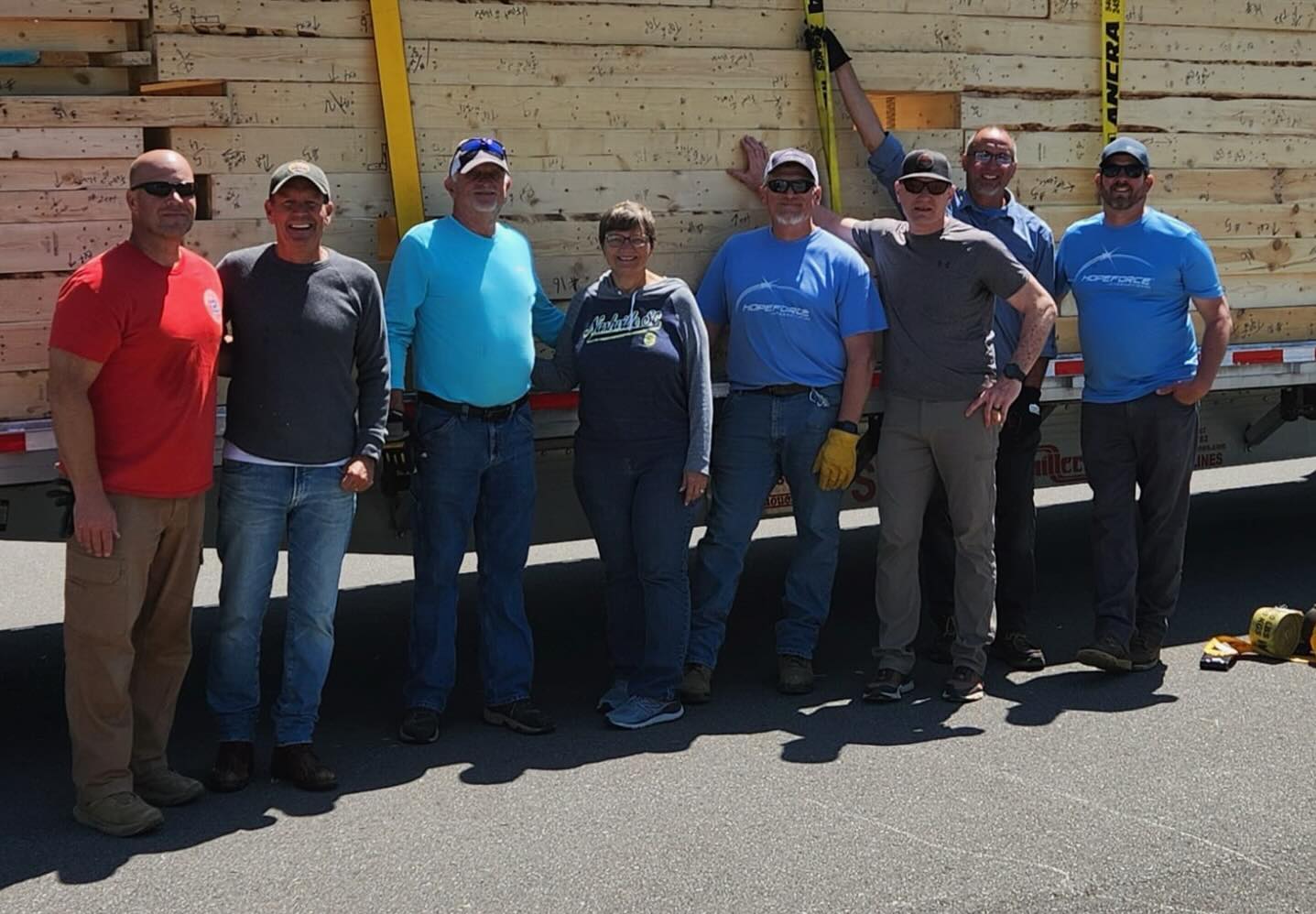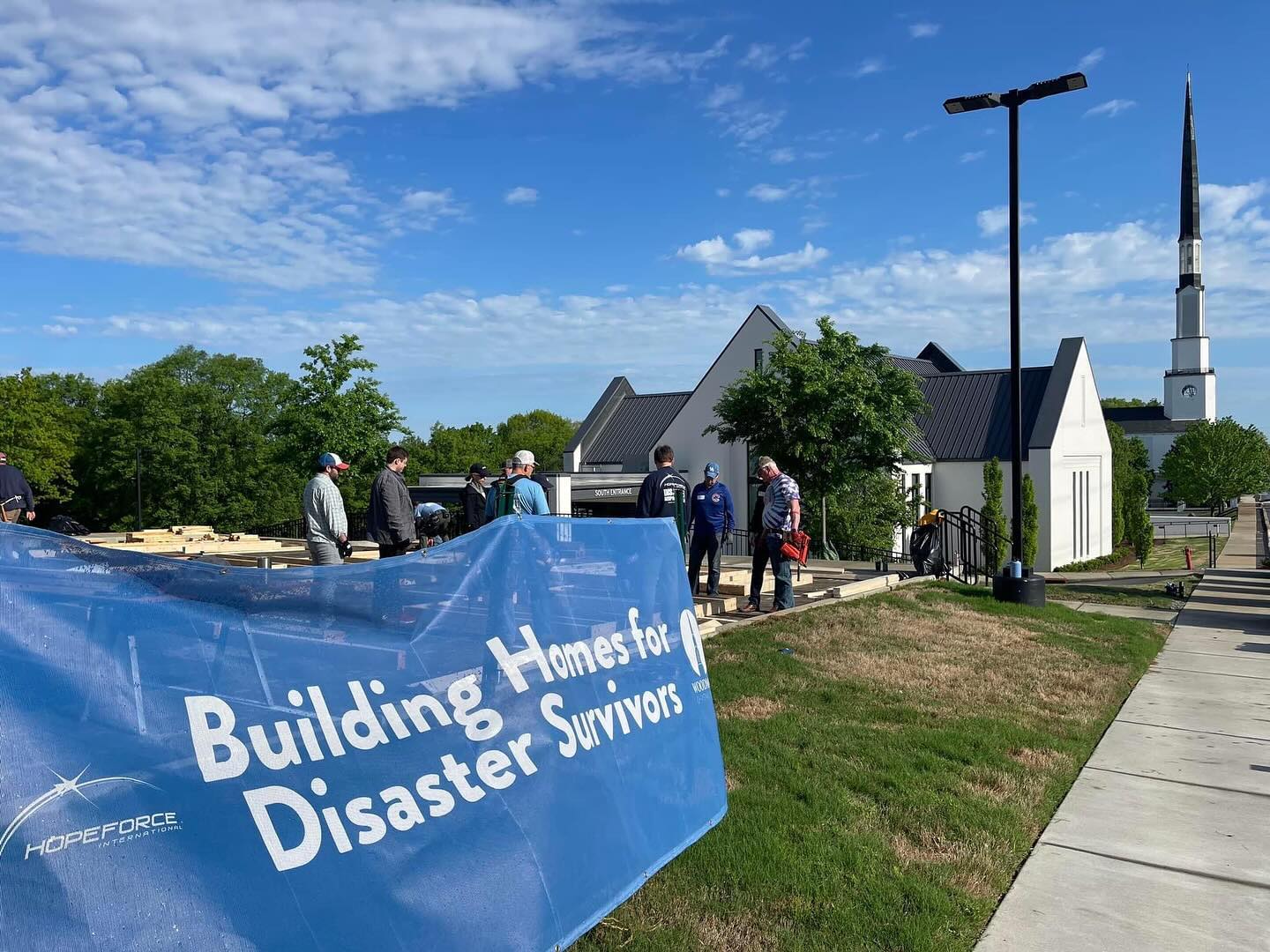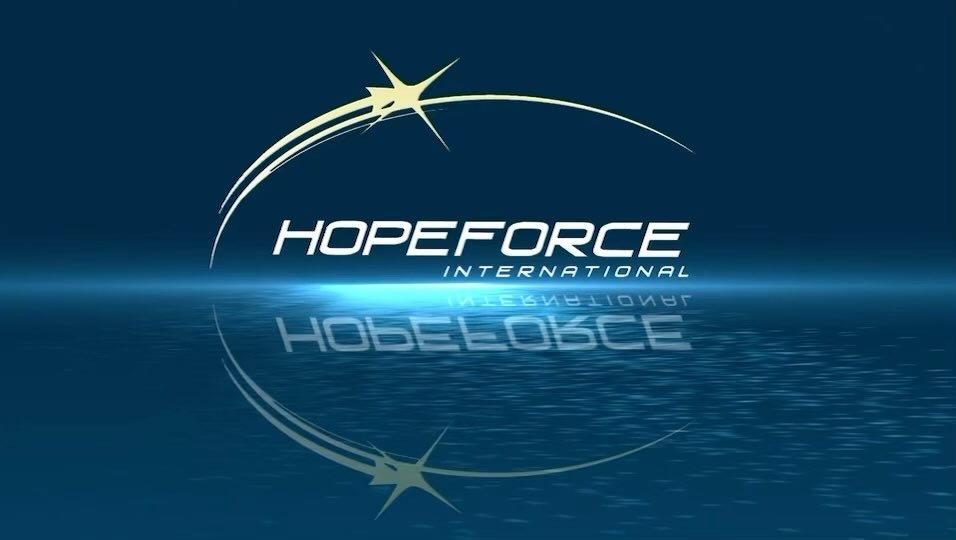
Babay Road & NGO's No Go
August 10, 2012
HFI Haiti has now completed ten Houses of Hope in Sous Savanne and is making preparations to start on the next four homes. There are many candidates to choose from; hopeful villagers must first fill out a questionnaire, often with help from the community representative, Joseph.
Even two and a half years after the earthquake, adequate and safe housing is still a major need for tens of thousands of Haitians. However, it is a challenging task to discern between families. Sometimes another organization has built a transitional shelter (T-shelter) on the same property where the HFI team is considering building a durable block home. Other situations include finding out that one family lives in a T-shelter, and on the same property another family or even relatives live in a shack or tent.
In other cases, the team discovers an entire village in need.
Recently HFI Haiti staff René and Marianne Lako visited a seemingly forgotten rural community only a few miles from Sous Savanne. The team met with Mr Ocene Michel, the coordinator of the development committee of Babay-Djiogo, who invited them on an excursion to the village.
The chance meeting proved far easier to navigate than the route. After maneuvering their way through a muddy and rutted road in four-wheel drive vehicles, the team arrived to see several T-shelters built by other organizations. However, the road stopped -- and although surrounded by piles of sand for future construction, there was no way to actually get to Babay except by foot across the stream.
The stream serves as the local water supply as there are no wells in Babay. The village also lacks a school, clinic, and church.
Families appeared in small shacks and hovels. Some homes were the more traditional ?glissades? made of intertwined sticks and then plastered with cement or mud. The earthquake damaged many of these humble dwellings. The team noticed one glissade leaning at a precariously dangerous angle. With a bed inside, they knew someone still lived there. Others lived in tents or under tarps in makeshift shacks.
While other organizations have visited Babay, no one has done any work there to help the people rebuild after the earthquake. One visiting organization told HFI there are 48 families living under plastic or tarps, and suggested that this village needed support, as they seem to have been forgotten by so many.
René Lako commented: "During our 30 years of travels in missions we have seen quite some poverty; this ranks high on our list. These 48 or so families live in extreme and desperate poverty, but seem eager to see change come to their small community."
While building in Babay would prove to be a challenge -- after all, materials would need to be carried across the stream -- clearly a need would be met if Hope Force Haiti makes the decision to work there.
At the end of the visit, the team wondered if the community was one bridge too far, one road too less traveled? But for the people of Babay, relief may be closer than they think.
René concluded, "We believe God has not forgotten this group of people. We have nothing to start with and have to trust God to provide. That continues to be our prayer as we work towards trying to make a difference in Babay-Djiogo. We hope and pray that while we continue the Hope Force work in Sous Savanne, we would be able to raise funds for the people in Babay with the main emphasis on building block houses at $5,000 per home for the people in such dire need."





